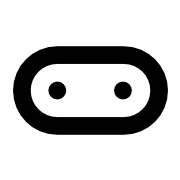Introduction
In the digital world, understanding the basic units of data is crucial for anyone using a computer. This content delves into the concepts of bits and bytes, which are foundational to computing and data representation.
Key Features:
- Definition of Bits and Bytes: A bit is the smallest unit of data in computing, representing a binary state (0 or 1). A byte consists of 8 bits, allowing for 256 different values.
- Data Representation: Bits and bytes are used to represent everything from text to images in digital formats. Understanding how they work is essential for grasping more complex computing concepts.
- Practical Applications: This knowledge is applicable in various fields, including programming, data analysis, and computer science education.
Use Cases:
- Educational Purposes: Ideal for beginners in computer science, this content serves as an introduction to data representation.
- Programming Foundations: Essential for those learning to code, as it lays the groundwork for understanding how data is manipulated in software development.

